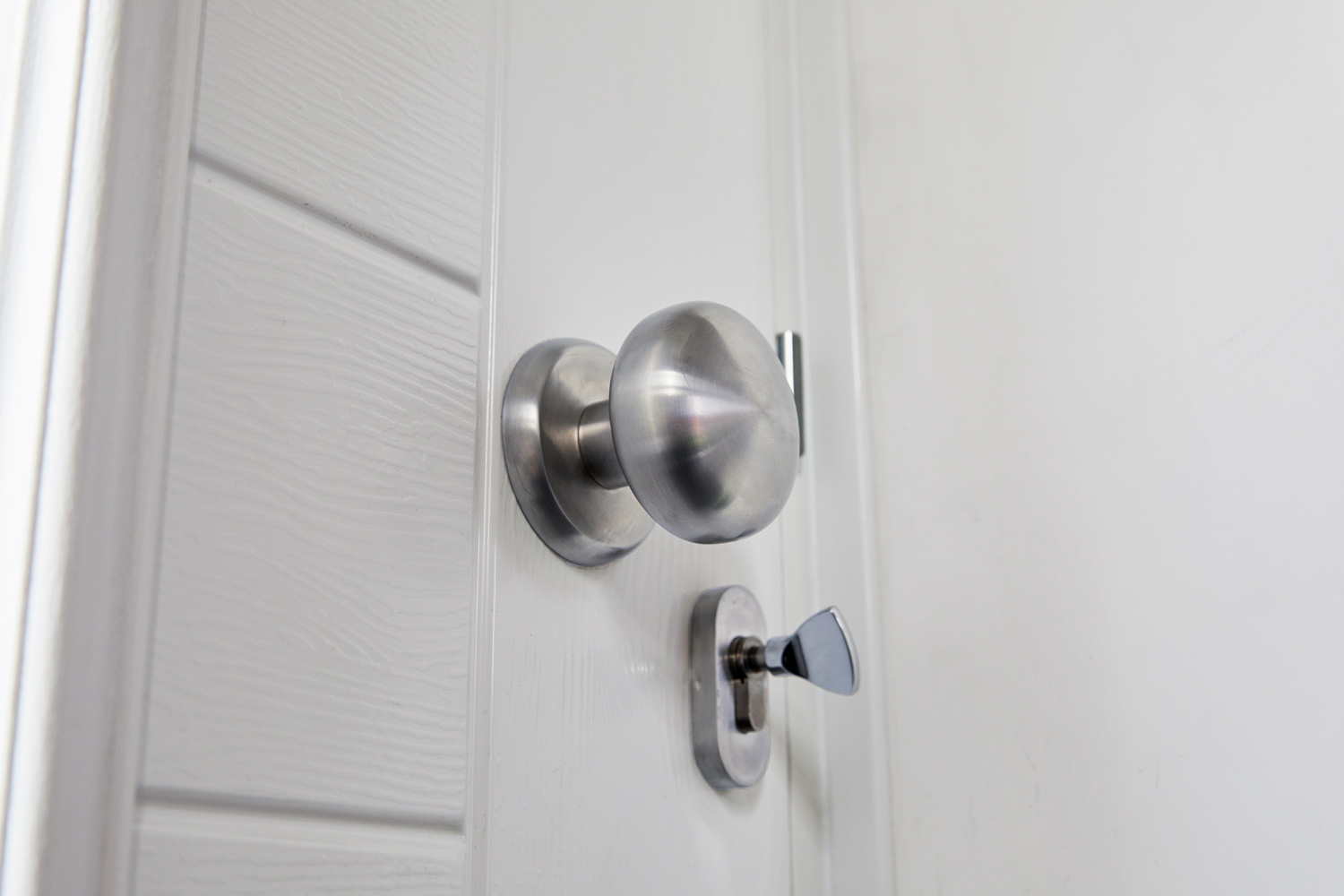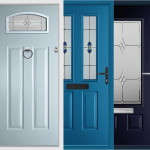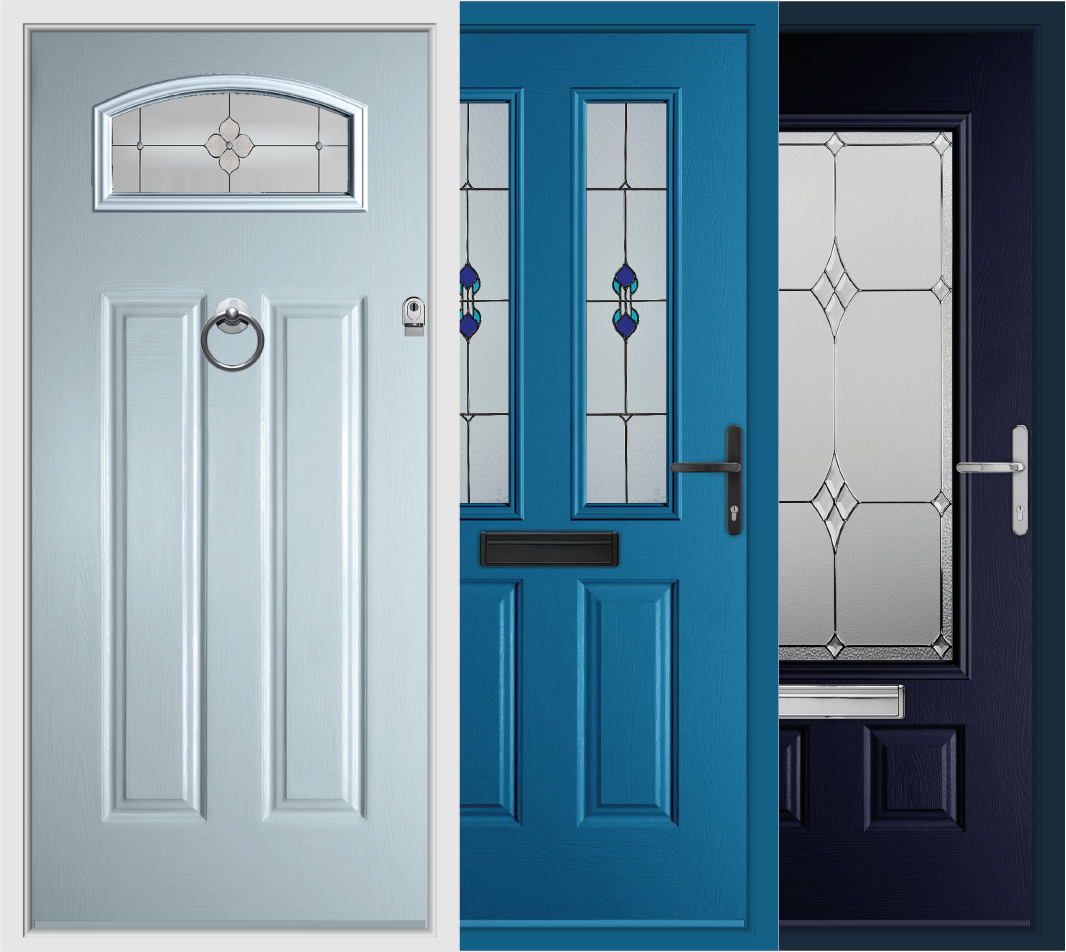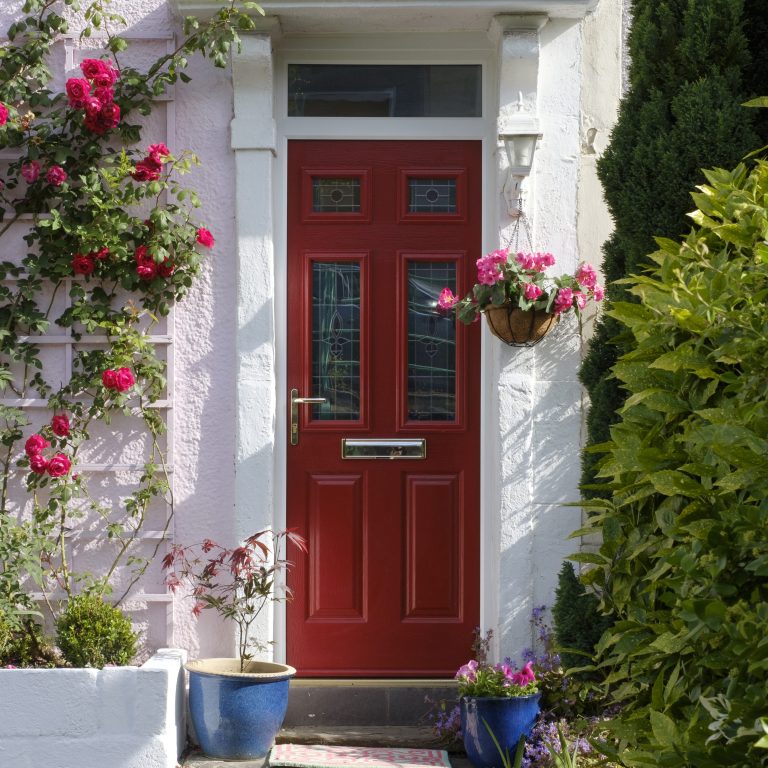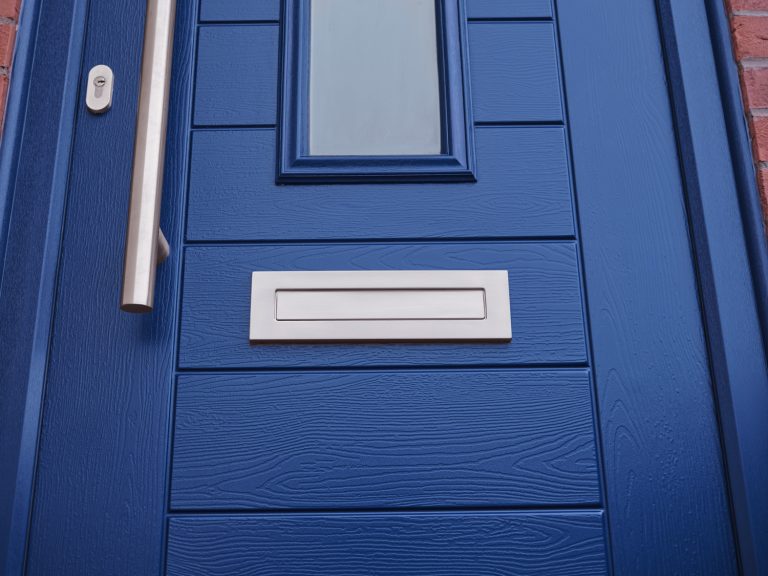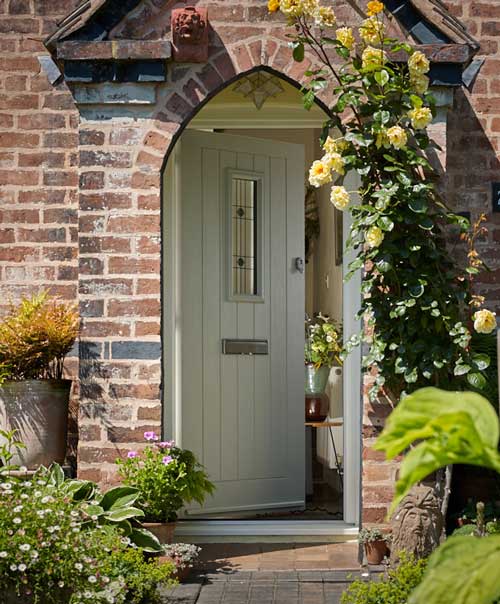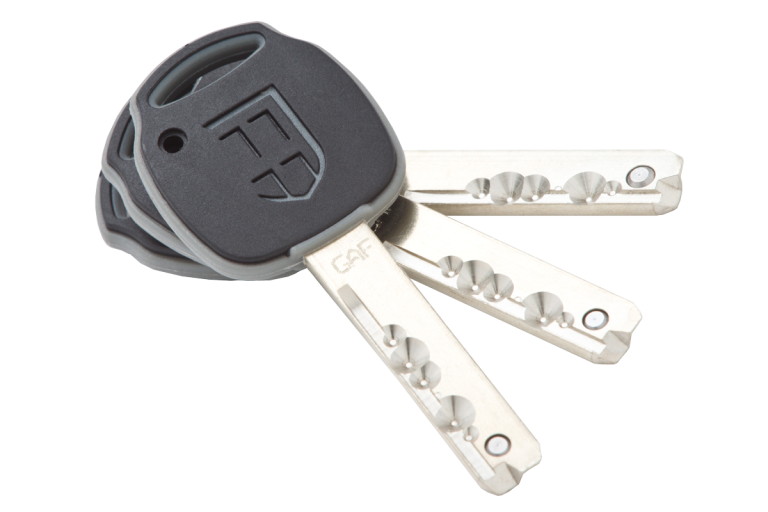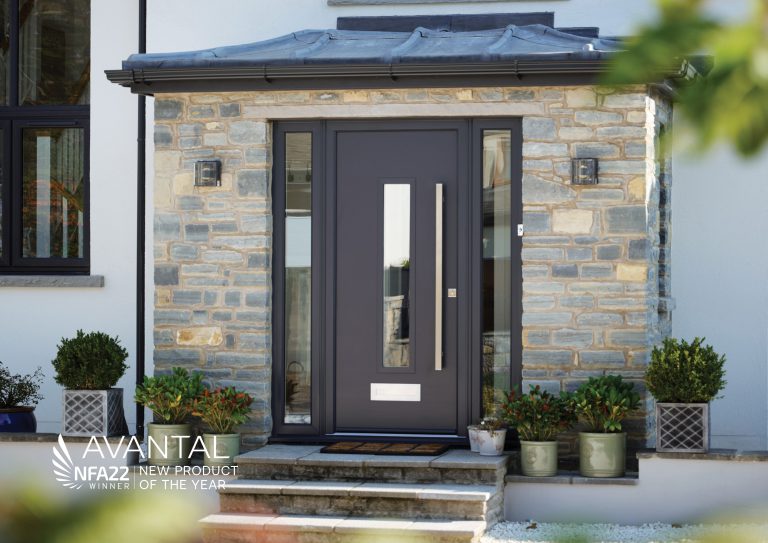You might not have thought about it before, but here’s the truth: your front door is making a statement. It’s the first thing people notice when they approach your home, whether it’s friends, family, or someone just passing by. Like it or not, your door is saying something about you.
With the endless customisation options available today, it’s clear when a door has been chosen with care and personality. In this blog, we’ll explore the reasons homeowners choose certain colours and show you how to design an Endurance door that reflects your style.

The Psychology Behind Each Colour Choice
Artists and interior designers have long understood that colour can significantly influence our mood, emotions, and overall mindset. This concept forms the foundation of colour psychology, the study of how colours affect our emotional responses and how these reactions can vary depending on age, cultural background, and personal experience.
Research in this field has explored a wide range of psychological factors. Key areas include the meanings people attach to specific colours, their emotional reactions to them, and the influences that shape individual colour preferences.
One study found that colours are typically positioned along a spectrum, with each side linked to certain emotional effects. Warm colours like red, orange and yellow are often associated with energy, warmth and comfort, though they can also provoke feelings of tension or agitation. In contrast, cooler tones such as blue, green and purple are usually seen as calming and peaceful but may occasionally evoke a sense of sadness or emotional distance.
Another study explored the symbolic meanings commonly tied to different shades. Red is frequently linked with passion, excitement and love. Blue represents wisdom, peace and hope. Green is often associated with nature, growth and renewal. White is seen as a symbol of truth and neutrality, while black is regarded as noble, mysterious and emotionally reserved.
Of course, colour perception is deeply personal and can vary widely from one person to another. Still, these studies reveal fascinating patterns in how we respond to colour. When someone chooses a new door in a particular shade, that decision may reflect an unconscious emotional connection, a subtle but powerful expression of personality and preference.
What British Homeowners Are Choosing: Door Colour Trends
Reports published this year reveal that white remains the most popular front door colour in the UK, featured on 36 percent of homes. This is followed by brown at 18 percent, black at 10 percent, and both grey and blue at 8 percent each.
Interestingly, The Glass Times reported that the top five colours that homeowners would choose if they had the opportunity for a new front door are black at 15%, blue at 14%, white at 13%, grey at 11% and green at 10%.
The move away from white doors likely reflects a broader shift from the standard white uPVC styles that defined many homes in 1990s and early 2000s Britain. Today, style-conscious homeowners are embracing the wide range of customisation options available when upgrading to a modern Endurance composite door.
